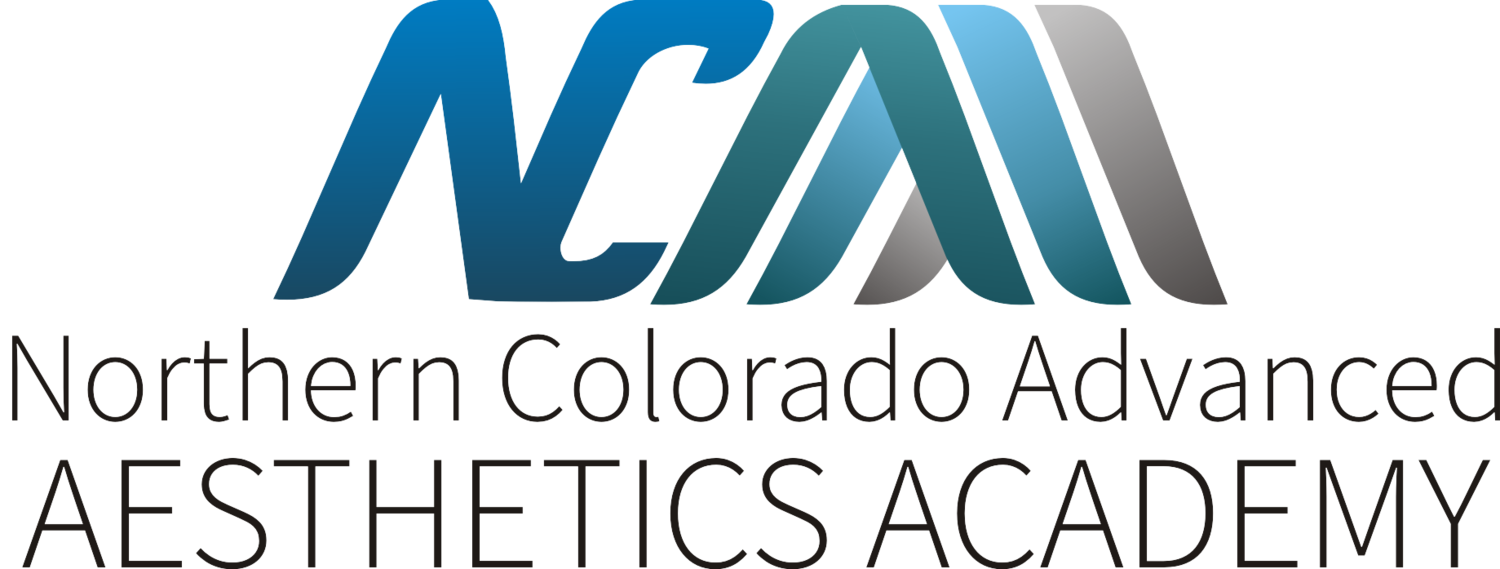Dermaplaning Training: What You Need to Know About Getting Certified
Anyone who wishes to work as an esthetician needs to be certified for the treatments they want to perform. There are several advanced aesthetic skin care programs you can try, and dermaplaning is one of them.
In this post, Northern Colorado Advanced Aesthetics Academy shares what you should know about getting certified for dermaplaning:
What Is Dermaplaning?
Dermaplaning is a procedure that exfoliates the uppermost layers of skin by mechanically removing dead skin cells, fine vellus hair, and impurities from the epidermis layer. This procedure gives instant results to the skin and helps improve fine lines, wrinkles, and blemishes over time.
What Is This Treatment for?
Dermaplaning is recommended for people with photo-damaged skin, fine lines, dull complexion, and rough texture. It is also effective for people with acne scarring, pigmentation, blackheads, and problems with ingrown hair.
How Long Does It Take to Get Certified for Dermaplaning?
Although dermaplaning is not as tricky as other skincare treatments, it is still a lengthy procedure that requires a room, chair, and client for at least a few hours.
To be able to perform dermaplaning and be licensed to do so, one must have a minimum of 1500 hours of beauty, medical or cosmetology school training. The training hours also include externships and state examination requirements.
Once the essential requirement is met, candidates must pass a written and practical examination and complete the required hours of training for licensure in the state they wish to practice.
What Is Training Like?
The training program has to be specific to the type of license the student seeks. It could either be an esthetician or a medical spa certificate of completion. It must include a minimum of 1500 hours.
The first 300 hours are usually scheduled in a school or training facility, as well as the internship required for the type of license you're going for.
The second 300 hours are usually scheduled in an actual medical or beauty clinic. This provides candidates with hands-on training on how to perform dermaplaning. The same typically goes with other treatments such as microdermabrasion, chemical peels, facials, and medical micro-needling.
Why Should You Practice on Volunteers?
The best way to learn is through practice. You can practice on yourself or a family member or friend, but it's still better if you practice on someone not related to you. In addition, practicing on a person will give you more of a feel of what dermaplaning feels like when it's done.
Practicing dermaplaning on yourself may be faster, but it doesn't give you the feel of what dermaplaning is really about.
What Are the Benefits Volunteers Can Look Forward To?
It is not just the students who get treated in this learning process. The students will be more adept in their future profession. The volunteers can also benefit greatly because their skin will look younger and feel smoother.
Conclusion
Dermaplaning is a skincare treatment designed to give immediate and excellent results to the skin. Learning how to perform this treatment is also very important so that after you're done with your practice, you can give your clients the best skincare treatment that can last.
Now that you know what dermaplaning is, you can start looking for dermaplaning classes.
If you are interested in dermaplaning, Northern Colorado Advanced Aesthetics Academy offers advanced aesthetics skin care programs, including dermaplaning classes. Register for any of the academy's programs and see for yourself how you can get certified in dermaplaning and enjoy providing these treatments.
